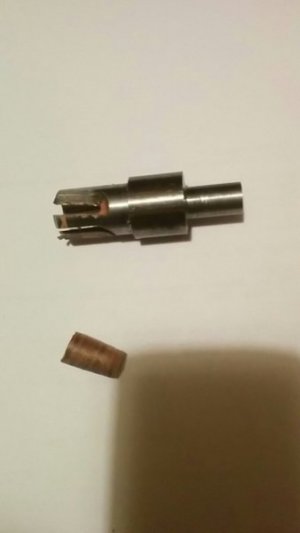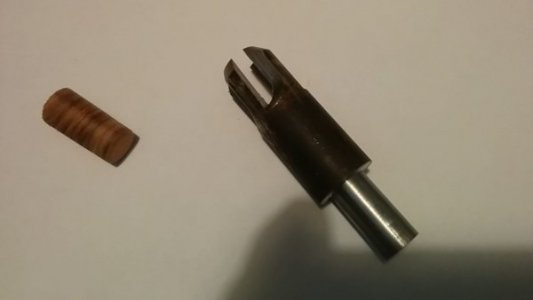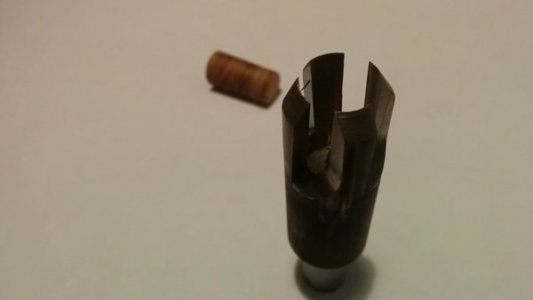- Joined
- Dec 27, 2014
- Messages
- 4,093
Might I suggest your plugs finish at 5.08, not 5.3. Point 3 inches is quite a bit to drive into a .500 hole. You probably would have trouble starting a .510 teak plug in a .500 teak hole. You'd have to hammer it in and the wood would probably split in the wrong place.



